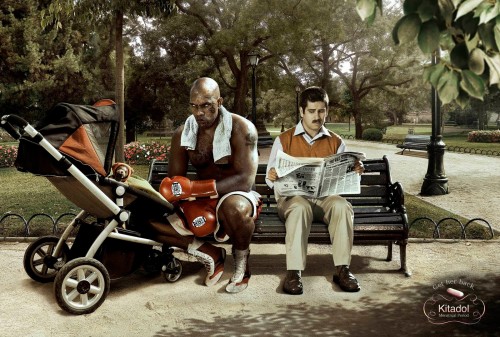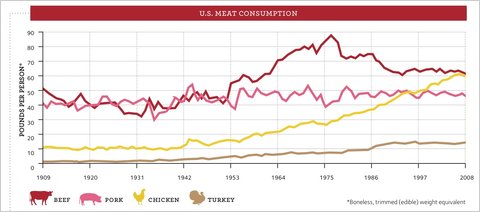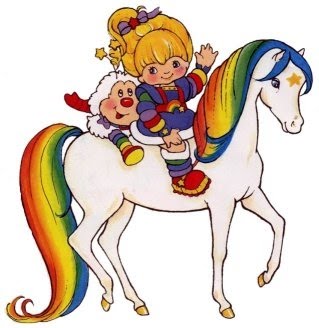
Delia B. sent along this 80s-riffic, apocalyptic music video featuring Gossip Girl’s Taylor Momsen singing Make Me Wanna Die. Momsen is a 17-year-old teen idol who strips naked over the course of the video. Her naked body is eventually obscured, but not before we get a good look at her in her bra and underwear.
On the one hand, because Momsen is 17, one could argue that this video is encouraging the sexualization of underage girls and child pornography (which involves, by definition, children under age 18).
On the other hand, this video is, relatively speaking, pretty sexually tame. I imagine that most Americans would not think that this would incite pedophiles and that many would argue that she’s perfectly old enough, given that she’s an actress/rock star, to be stripping down to her undies. Not to mention the fact that the average age of virginity loss in the U.S. is about 16.
The video is a great opportunity, then, to have a discussion about the social construction of age. To start: What age is “too young” and what age “old enough”? What’s the difference between 17 and 18? Is the difference equally meaningful for everyone? Should we codify such meanings into law? And do today’s laws reflect our contemporary culture mores? According to who?
Lisa Wade, PhD is an Associate Professor at Tulane University. She is the author of American Hookup, a book about college sexual culture; a textbook about gender; and a forthcoming introductory text: Terrible Magnificent Sociology. You can follow her on Twitter and Instagram.






















